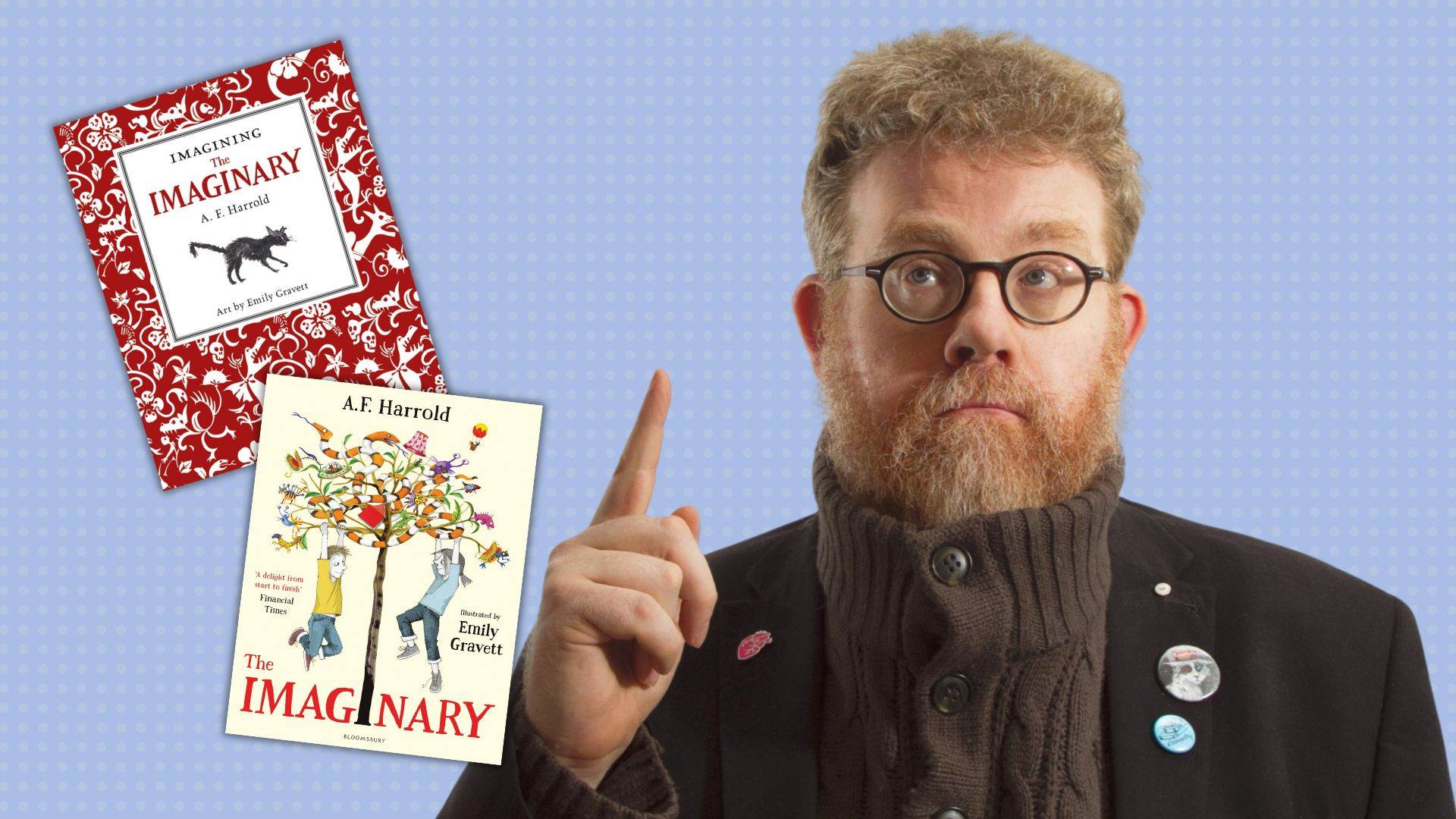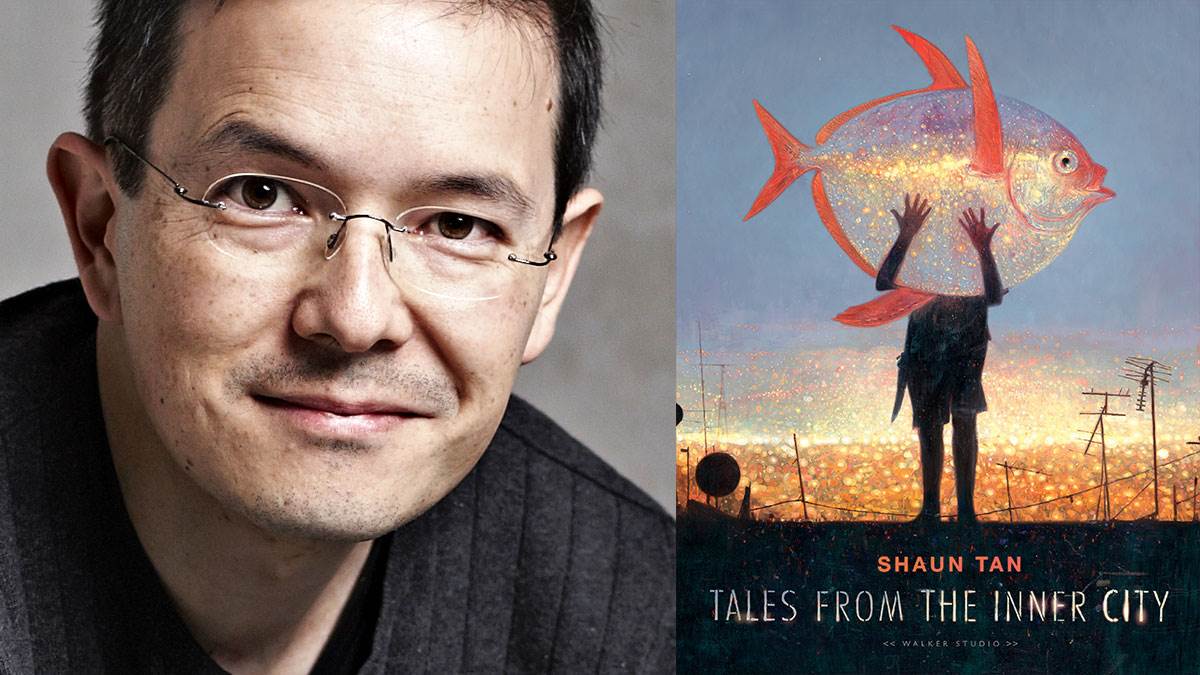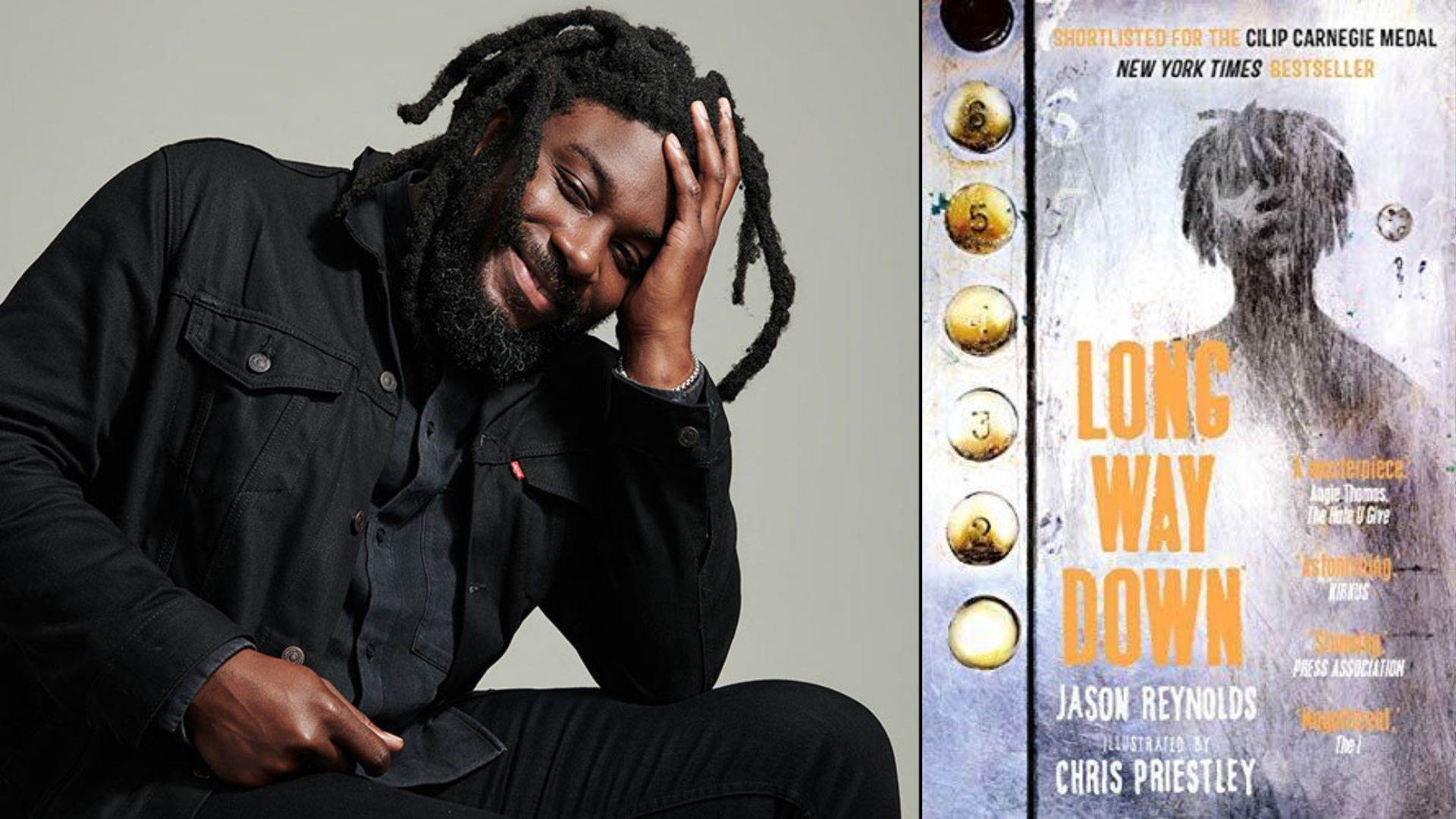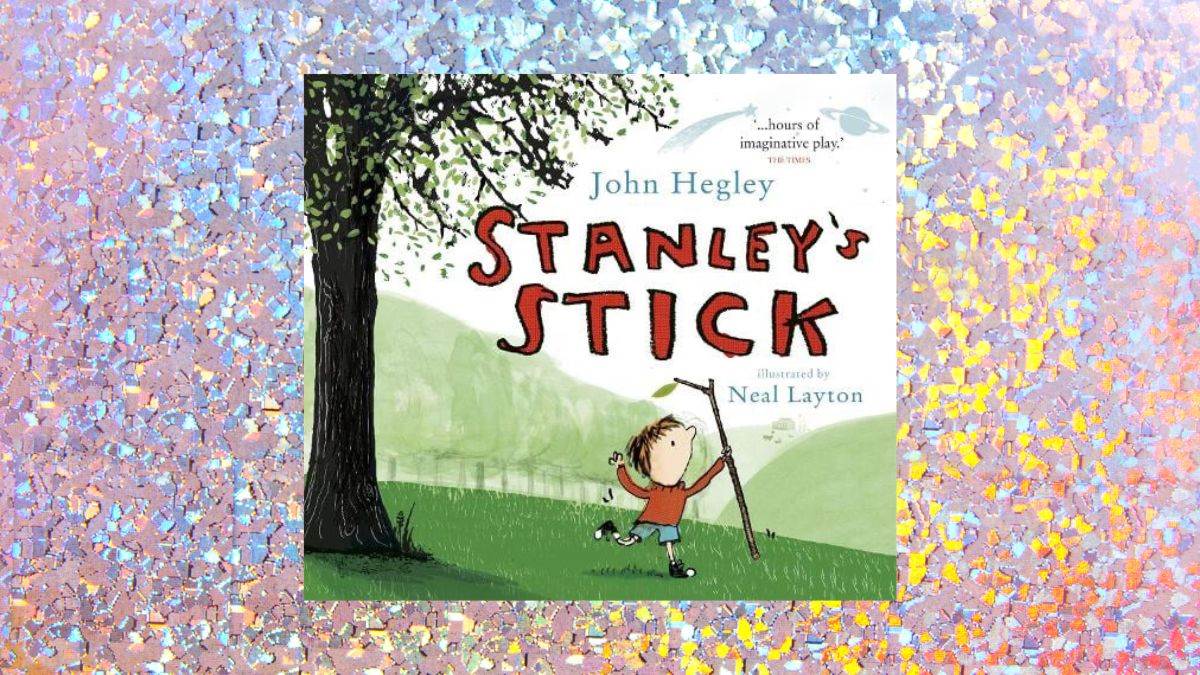10 terrific books about imaginary friends
Published on: 17 January 2024
Author AF Harrold recommends his favourite books that celebrate imaginary friends.

We at BookTrust love an imaginary character! We asked AF Harrold to share some fantastic books about the power of the imagination.
In 2014 Bloomsbury kindly published a book by me, with illustrations by Emily Gravett, called The Imaginary. It won a prize from the UKLA and at the British Book Design Awards and was translated into more than a dozen languages. That was all very nice, and rather a surprise to me. This year (2024) the Japanese animation studio, Studio Ponoc, will be releasing their film of the book around the world, and so, in celebration of 10 years and in time for the movie, I wrote a new thing.
Imagining the Imaginary is a little limited edition essay-book (available here) that describes how the book came to be, the false starts and mistakes along the way. It features pages from my notebooks and excerpts from unused drafts, and Emily was kind enough to allow me to reprint some art from her sketchbook, of early designs and ideas.
When I mentioned The Imaginary’s forthcoming birthday to my friends at BookTrust they suggested I write a blog to celebrate… maybe a list of Best Imaginary Friends in Children’s Books? And I said, that might be fun, and so here we are.
10 years ago I wrote a similar list for the Guardian. There I spoke there about how all characters in books are imaginary friends, and then plucked ten examples, that sort of fitted the category (I gave myself very loosey-goosey ‘rules’ of imaginariness). Since then I’ve found some books to add to the list, books that I think are excellent things.
So, in no particular order...
10 terrific books about imaginary friends.
Tales from the Inner City by Shaun Tan

This is book that probably doesn’t actually have a single imaginary friend in, but which is pure imaginary friend all by itself. The sideways worlds that Tan shares in these little stories set us, the humans, almost, as the imaginary friends of the animals. It’s just a brilliant book that I will put in any list.
"A whale in the sky": Shaun Tan on Tales from the Inner City and winning the Kate Greenaway Medal
The Snow Girl by Sophie Anderson
A snowperson comes alive and almost brings doom to the valley. Are winter spirits imaginary friends? I’m more than happy to welcome them in. A chilly, but warm-hearted book, as rich in folkloric feel as any of Anderson’s other books.
Long Way Down by Jason Reynolds

As each ghost steps into the elevator, at each new floor on that long slow descent towards stone cold fate, Will learns that things weren’t, perhaps, ashe’d imagined them. An amazing verse novel, gut-gripping, and starkly enhanced by Chris Priestley’s beautiful art.
Duck, Death and the Tulip by Wolf Erlbruch
Duck, Death and the Tulip see Death themselves to step into the role of imaginary friend. It’s such a simple thing this book, but doesn’t need to be a page or a word longer. (I’ll add in here an honorary mention for the similar deaths in Philip Pullman’s His Dark Materials and for the greatest, finest and wisest of all daemons, Hester. (Daemons count, in my wide and welcoming non-definition.))
Stanley’s Stick by John Hegley

On the happier front, I can’t not mention my friend John Hegley’s book Stanley’s Stick (illustrated with typical sparky joy by Neal Layton). The two sticks Stanley wields are vehicles for imagination – imaginary vessels, conduits, pipelines, amplifiers. They are great friends and Hegley’s linguistic word-dance wiggles and jives and jokes and circuses to make the great, greater. Nothing but goodness.
Slog's Dad or The Savage, both by David Almond and Dave McKean
There are a great many Daves and Davids in the world, and, probably, as a rule, one should try to keep them apart, but every now and then banging them together produces fire. When David Almond and Dave McKean come together they do Good Things. I was thinking of Slog’s Dad, but it could’ve been The Savage (in fact, it probably should’ve been, since it was reading that in the bath one Sunday afternoon that set me off writing The Afterwards, the second book I made with Emily). In one a dead dad, sort of, maybe, comes back for a visit, in the other a boy from a story the kid’s writing becomes realer. Imagination, memory, loss – it’s all a big tangled knot.
Jim's Lion by Russell Hoban
Finally I want to talk about Russell Hoban. I was thinking about Soonchild, with gorgeous, strange, smoky art from Alexis Deacon, about the shaman Sixteen-Face John, his wife No Problem and their unborn child, Soonchild, and the spirit Deepguy, and the rest – that’s certainly a journey into the tough nut kernel of imagination at the heart of the world, but then I thought, more straight forwardly, of Jim’s Lion.
Originally illustrated by Ian Andrew and later reimagined and expanded upon by Alexis Deacon, Jim’s Lion is about a boy in hospital, about to undergo a serious operation, who is given a don’t-run stone by a nurse so that his finder, the animal in his dreams who will keep him safe, can find him and always lead him back to waking.
What is imagination? And is it really all that different to what is real?
Everything you see around you, certainly in an urban environment, comes from imagination – those buildings were designed by someone, those clothes, that poster, this window display, those curtains, that vase, that hat, that moustache, the music from that speaker, the words she’s saying into her mobile phone, the shape of the mobile phone. All of these things exist as imagination first, are dreams and inspirations. (Essence precedes existence.)
When we write, when we talk, when we hold hands, we add to the total sum of imaginative energy in the world. (Addition, not dilution.) I am pleased-with-myself enough to think I’ve added some pebbles on the positive side of the scale, with my books, poems and words. Or so I hope. And The Imaginary, which has reached more people than anything else I’ve made, is something I believe is a Good Thing. Thank you to everyone who shared in making it (primarily Emily, my editor Kate Paice, designer Val Brathwaite, and now Studio Ponoc), and to everyone who thought it worth sharing with someone else.
Thank you all.
Topics: Features





